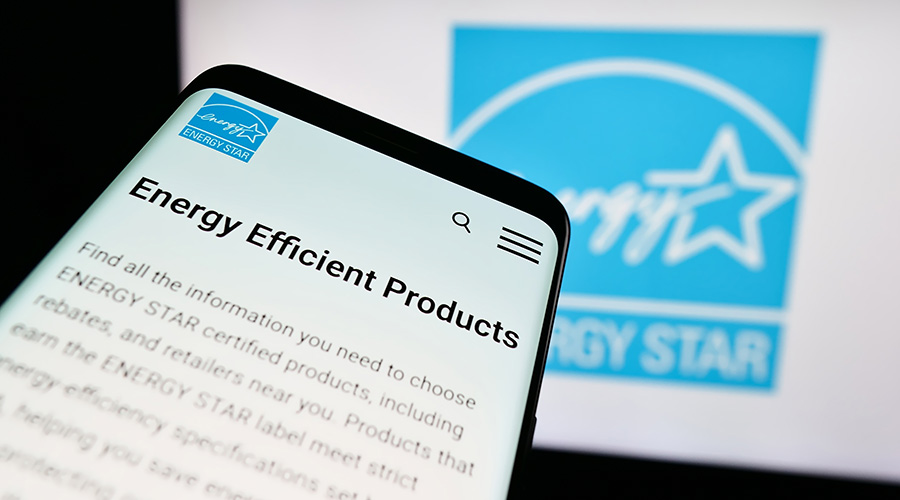Introducing LEED for Healthcare
A truly high-performance health care facility should be designed to focus on both the health of the patient as well as the health of the environment. That's not exactly a novel concept, but with the release of the LEED for Healthcare (LEED-HC) rating system in April 2011, it's one that now has real LEED muscle behind it.
LEED-HC isn't a complete overhaul of its LEED for New Construction predecessor. But it does break some significant new ground in addressing the notion that the health of the patient and sustainability are linked.
"The rating system is trying to be more sophisticated about connecting dots that are there to be connected, but often get overlooked," says Gail Vittori, co-director of the Center for Maximum Potential Building Systems and founding chair of the LEED-HC committee.
Vittori also helped develop the Green Guide for Health Care (GGHC), a document that quickly became the standard for sustainable, healthy health care construction when it was first published in 2004. (See "LEED for Healthcare Timeline" on page 34.) LEED-HC is a result of a seven-year collaboration between GGHC and the U.S. Green Building Council (USGBC); it incorporates many of the concepts and strategies that first appeared in the GGHC.
It's also the only LEED rating system that didn't have its own pilot program prior to its official release. That's because GGHC was its unofficial pilot. GGHC was already a well-established best practices guide, and had several adopters, so by studying those projects, the LEED-HC committee (which includes members of GGHC) was able to gauge what would work for LEED as a third-party certification tool. It's that collaboration and the inclusion of those health care-specific best practices that many believe will allow LEED-HC to help health care facilities move beyond the traditional notion of green building.
"The foundation of high-performing healing facilities is health," says Steve Guttmann, principal of Guttmann & Blaevoet, and chair of the LEED-HC committee. "To say that health impacts are not in line with sustainability goals is just wrong. You can't be sending sick people in one door and the stuff that's helping to make them sick in another."
For that reason, LEED-HC includes a few new prerequisites, several new credits, and tweaks to several existing LEED-NC credits both in terms of scope and requirements. That fact alone makes LEED-HC a little more difficult, says Chris Mundell, associate, sustainable design coordinator, for HKS Inc. "Many in the industry have become comfortable with the NC credits," he says. "We know what will be accepted and what won't. HC throws in a bit of uncertainty."
For one thing, there are new calculations and submittals to learn. And, because there are more credits but the same number of total points available (100), there are fewer points available per credit. "You have to achieve more credits to get the same number of points," says Mara Baum, senior associate, sustainable design leader for health care at HOK.
But all of that is part of the growing pains with any new rating system, say experts. And owners do have a bit of grace period to learn the ins and outs of the new rating system. According to Melissa Gallagher-Rogers, director, LEED, with USGBC, health care facility owners are still able to use LEED for New Construction if they so choose. They'll have that option until about the end of 2011 or early 2012. That's when USGBC expects that LEED Online and other support documents for LEED-HC will be available and when owners of health care facilities interested in LEED must use LEED-HC instead of LEED-NC. In the meantime, facility owners can look to the LEED-HC submittal drafts online for information on how to apply for and calculate the requirements of credits.
Ultimately, though, the time spent learning the new rating system will be well worth it. "The kinds of things HC is asking you to address are so much more relevant to health care," says Baum. "It does provide a challenge, but this rating system will provide much better results in terms of high-performing, much more pleasant buildings."
One example of a section that gets a good revamp is in the water efficiency category. LEED-HC breaks out LEED-NC's domestic water use reduction credit into three separate credits for reducing water use in building systems, cooling towers and food waste systems. And a new credit offers two points for water measurement and verification. "Water is the prime example of where HC is more rigorous," says Baum.
Patient Health
Where the rubber really meets the road with the new rating system are some of the credits that are focused on the health of the patient, key tenets of the field of study known as evidence-based design. Three of the more prominent examples include new credits: Sustainable Sites Credit 9.1, providing connection to the natural world, places of respite, which is intended to influence designers to provide "outdoor places on the health care campus to connect patients, staff and visitors to the health benefits of the natural environment." Sustainable Sites Credit 9.2, connection to the natural world, direct access for patients, simply encourages designers to give patients and staff a direct route to a terrace, garden, balcony or exterior courtyard. Finally, Indoor Environmental Quality Credit 2, acoustic environment, is intended to help create a healing environment "free of intrusive or disruptive levels of sound."
Additionally, scoring for daylighting and views of nature credits has been increased. Owners can now get two points for daylighting strategies and three for views (in addition to the connection to the natural world credits) in LEED-HC, as opposed to two total points for daylighting and views available in LEED-NC.
"The value of daylighting and views is different in health care facilities than it is in office buildings, so it's measured and calculated differently in LEED for Healthcare," says Guttmann. "We really tried to take advantage of the places where evidence-based design shows strategies are most critical for results."
The materials and resources and indoor environmental quality sections also include several new, more rigorous credits focused on creating environments in which the facility or materials within the facility will do no harm to patients. Those two categories now comprise a total of 34 possible points (and five prerequisites), up from 29 possible points (and three prerequisites) in the LEED-NC rating system. Two new prerequisites ban mercury and require hazardous material removal or encapsulation (on major renovations).
These new and improved credits that focus on the air patients and staff breathe and the chemicals not permitted in a facility also have a direct effect on how sustainable the building is going forward. And with much ink being spilled these days on how LEED certified facilities perform after they're built, it's natural to wonder if LEED-HC deals with sustainable operations.
END OF AN ERA
Green Group Drove Changes
The Green Guide for Health Care (GGHC), a project of the Center for Maximum Potential Building Systems and Health Care Without Harm, is the precursor for LEED for Healthcare (LEED-HC). It's a guide to the best sustainable practices in health care construction. The U.S. Green Building Council, borrowing from GGHC's expertise, spent four years developing its LEED-HC rating system, which was released this April.
With LEED-HC in the marketplace, the GGHC project will essentially come to an end in December, after 10 years. The reason, says Gail Vittori, co-director of the Center for Maximum Potential Building Systems, is simply that its work is done. "We've always had a very ambitious goal — to define high-performance healing environments," she says. "When we started, that was a very big hole in the marketplace. But we've cranked out a bunch of work, and we feel as though we've accomplished our goal. We've catalyzed the conversation about high-performance health care facilities, and we've made them a priority."
Through the rest of this year, GGHC will finish its reports on the Pilot version of the GGHC for Operations — and publish the final version. Then, GGHC will take on an "archival" function, meaning that its actual Guides — for new construction and operations — will remain on the organization's website for reference.
— Greg Zimmerman
|
Related Topics:












